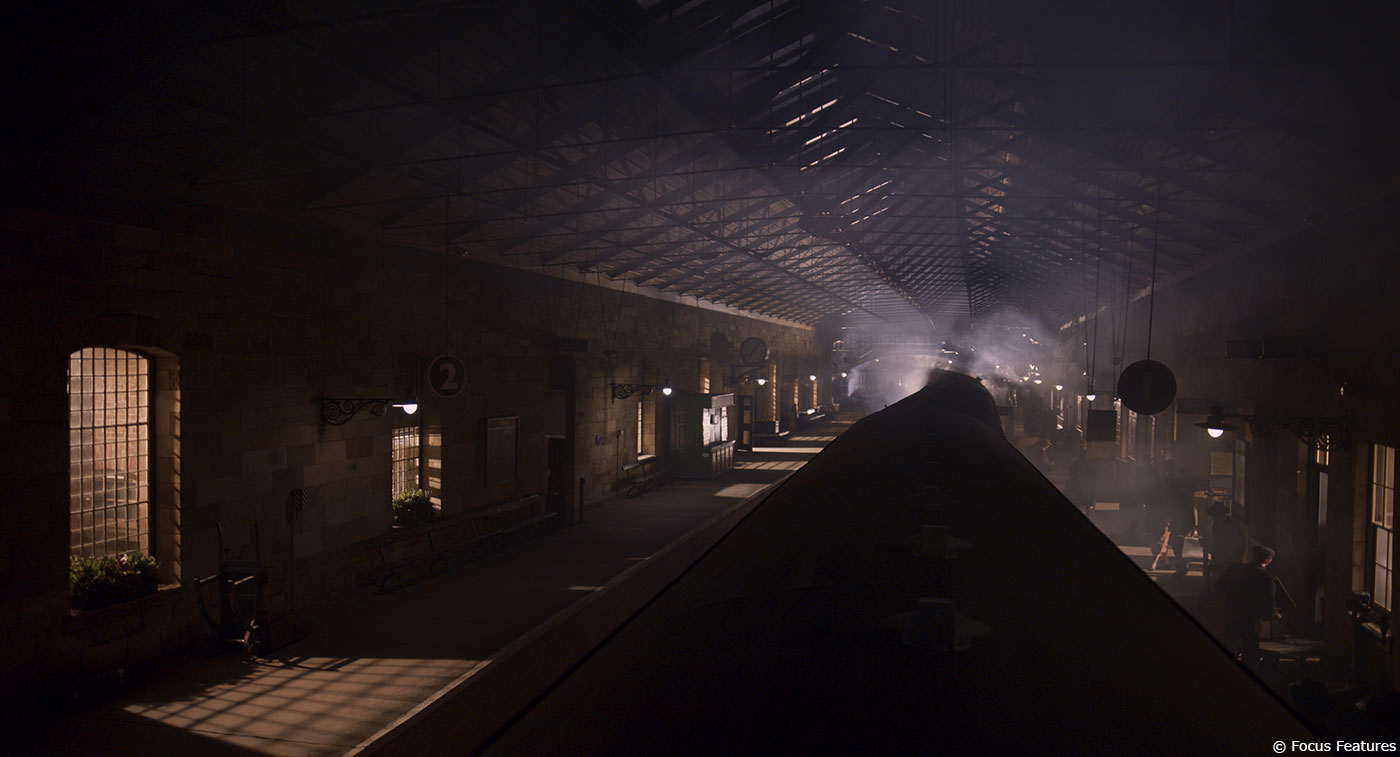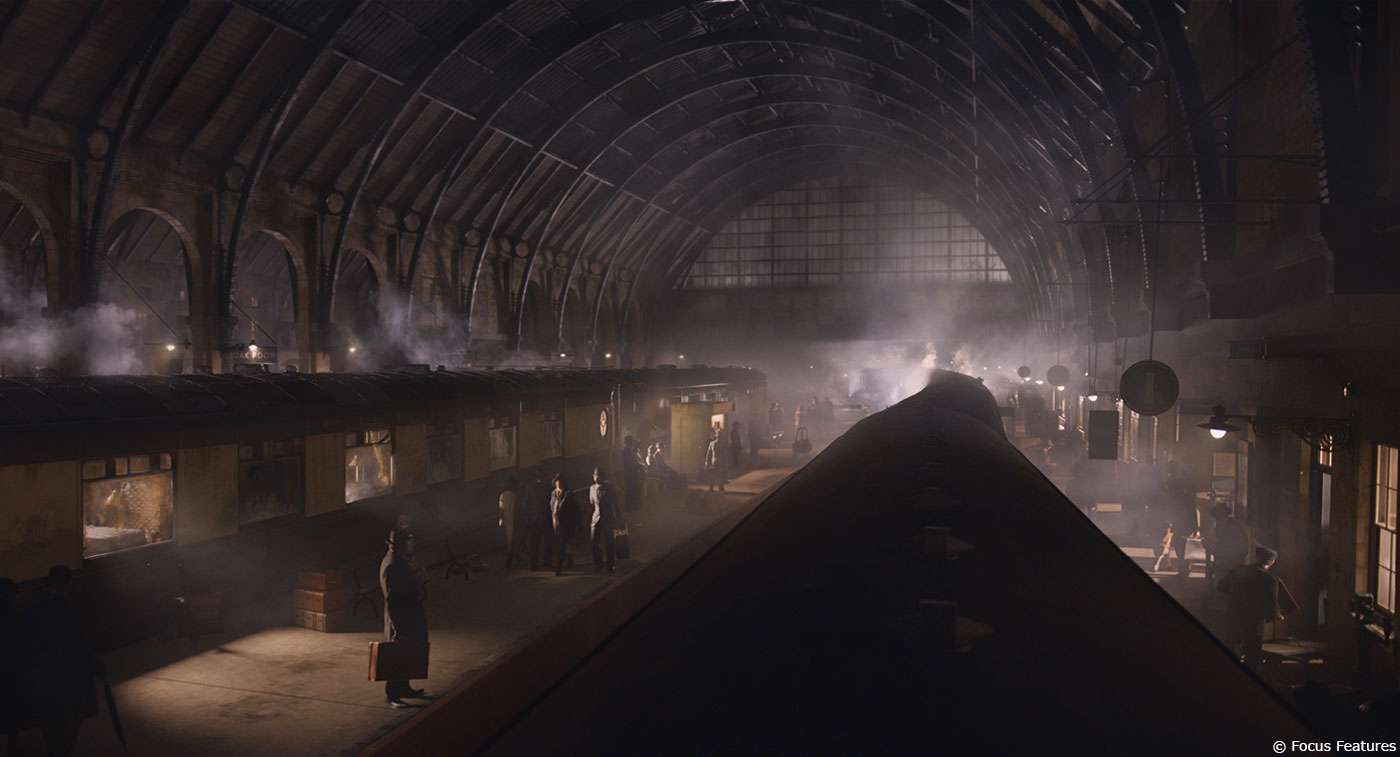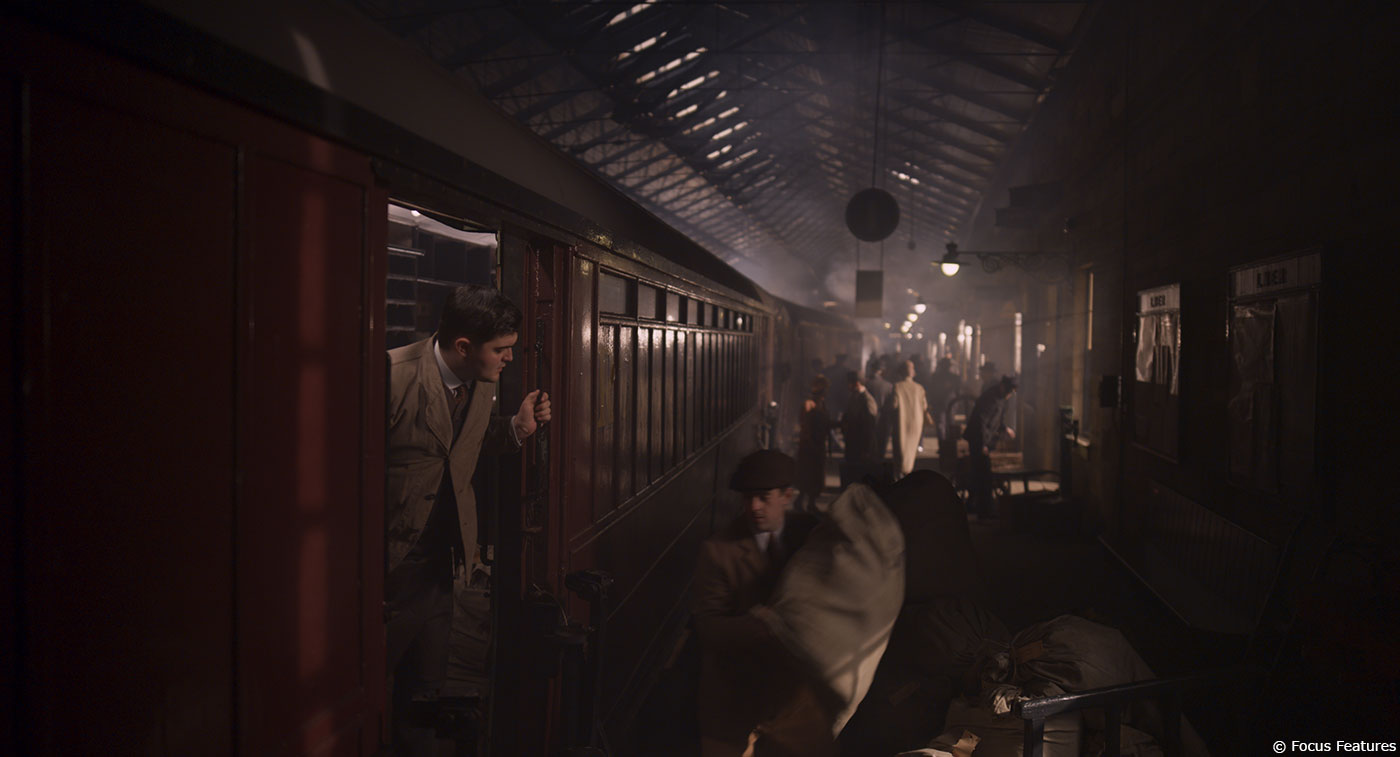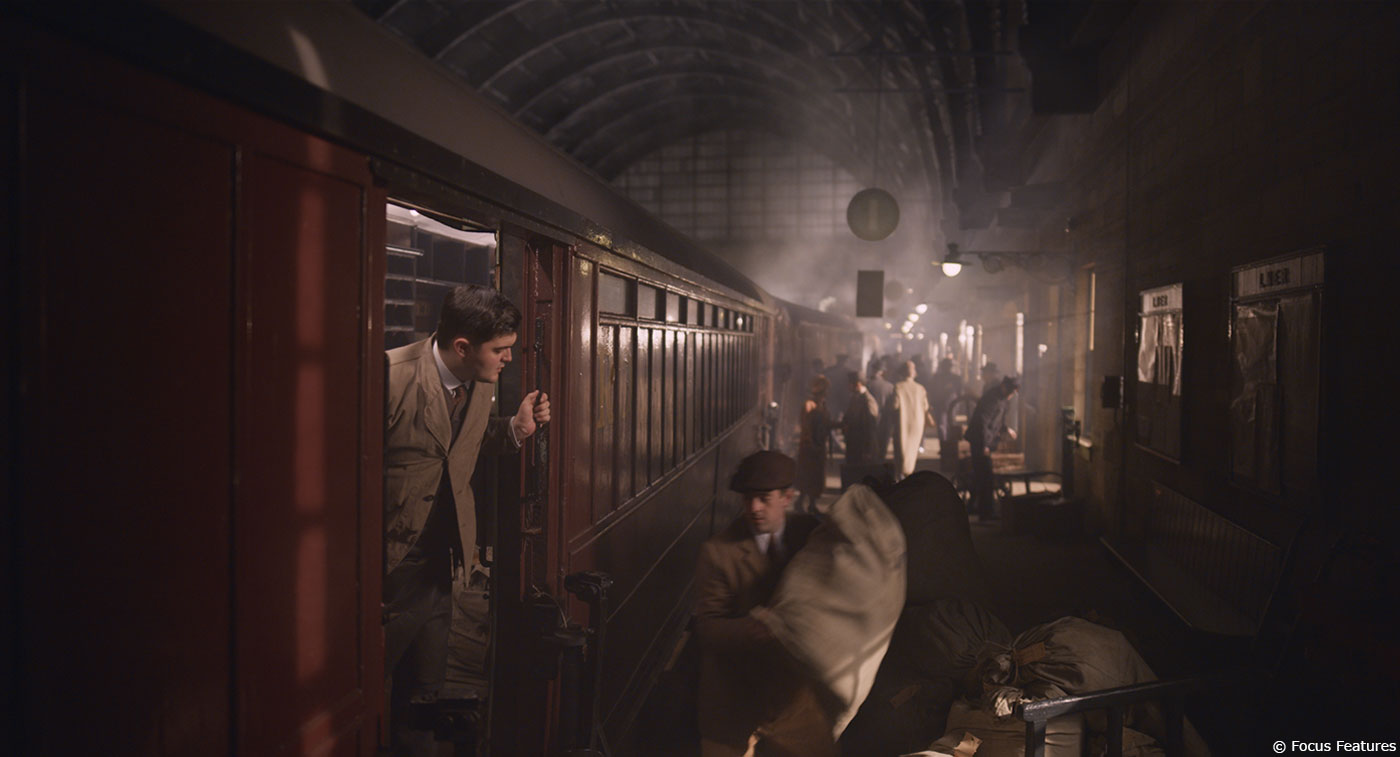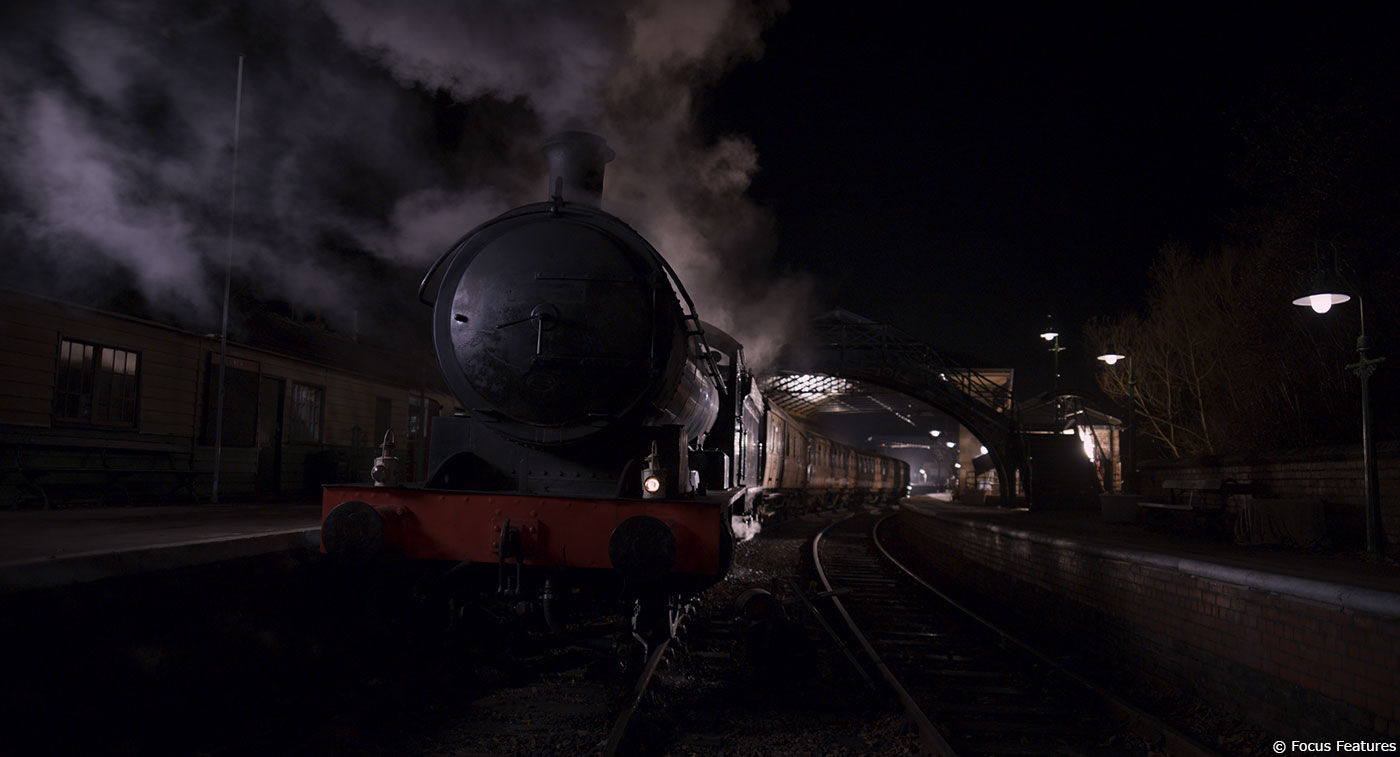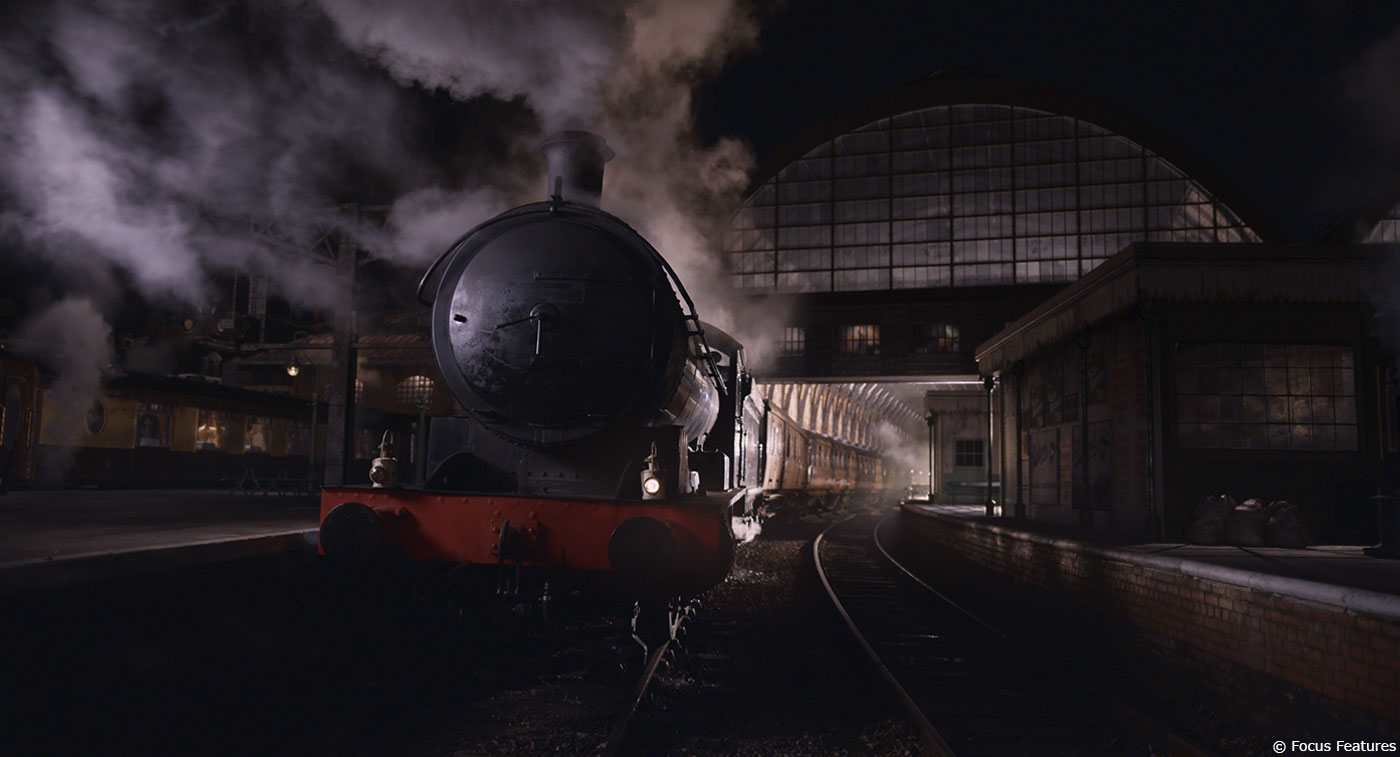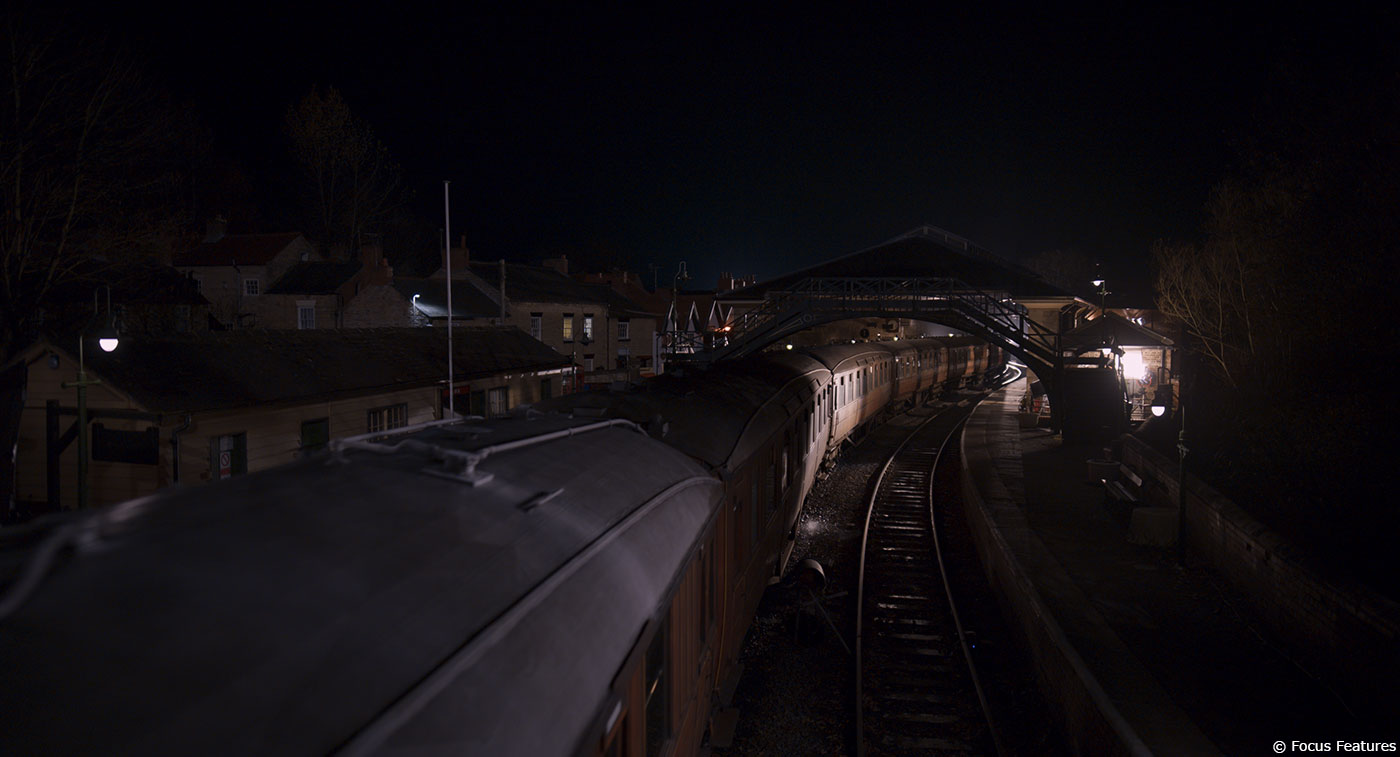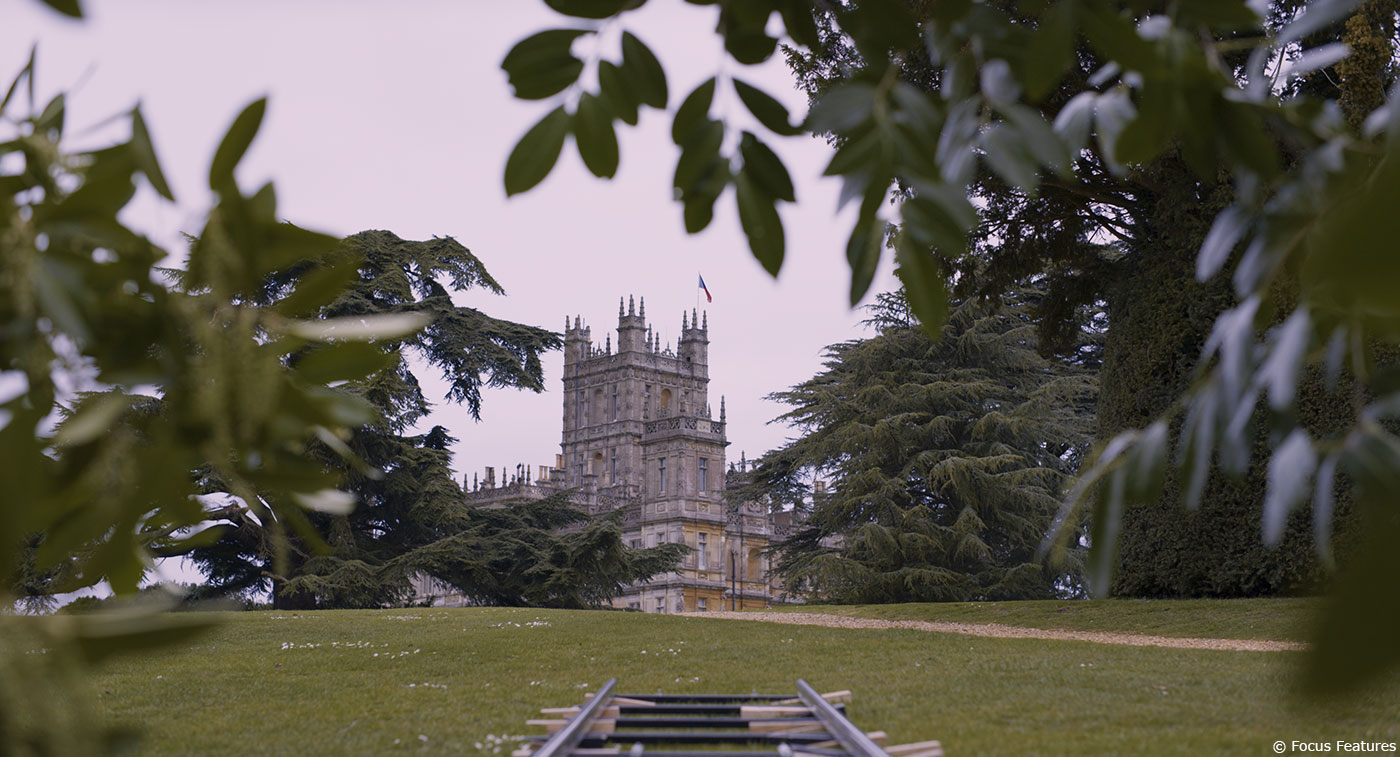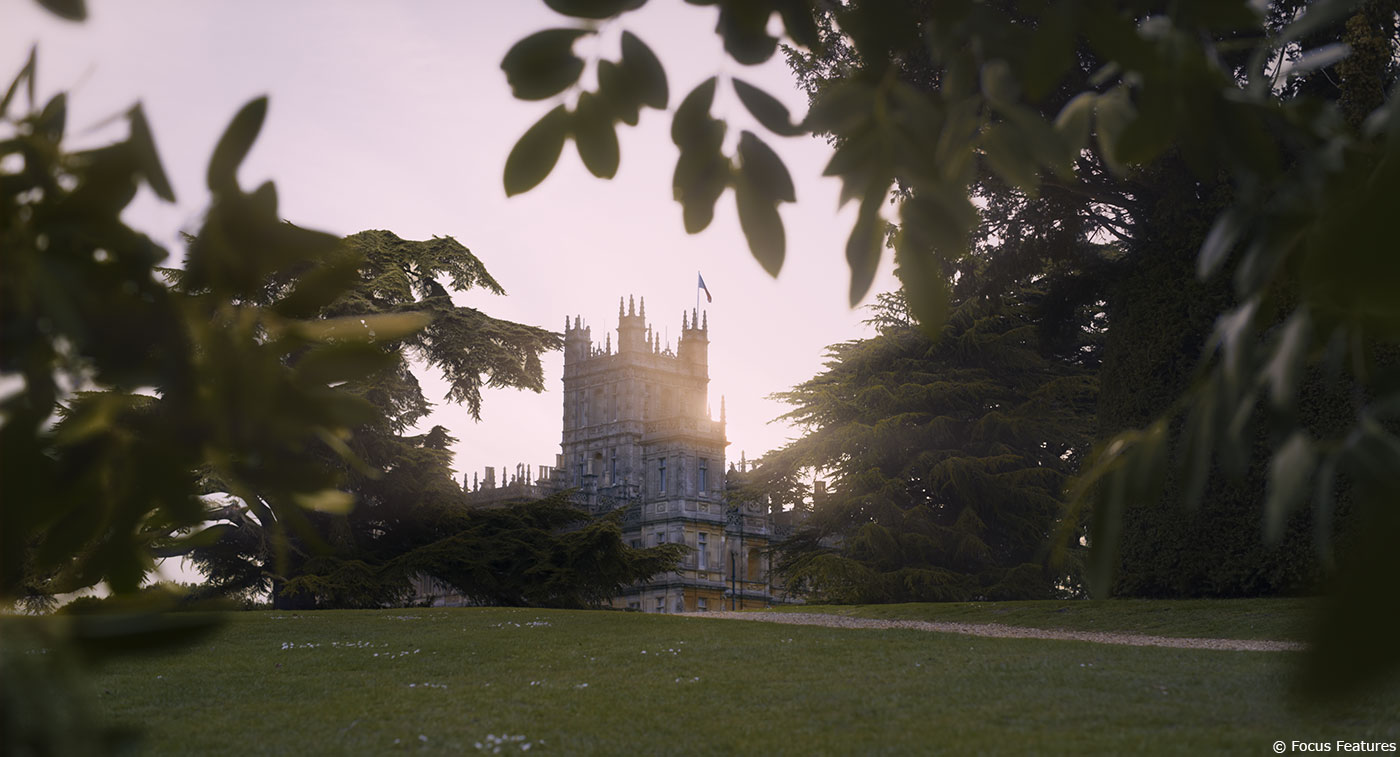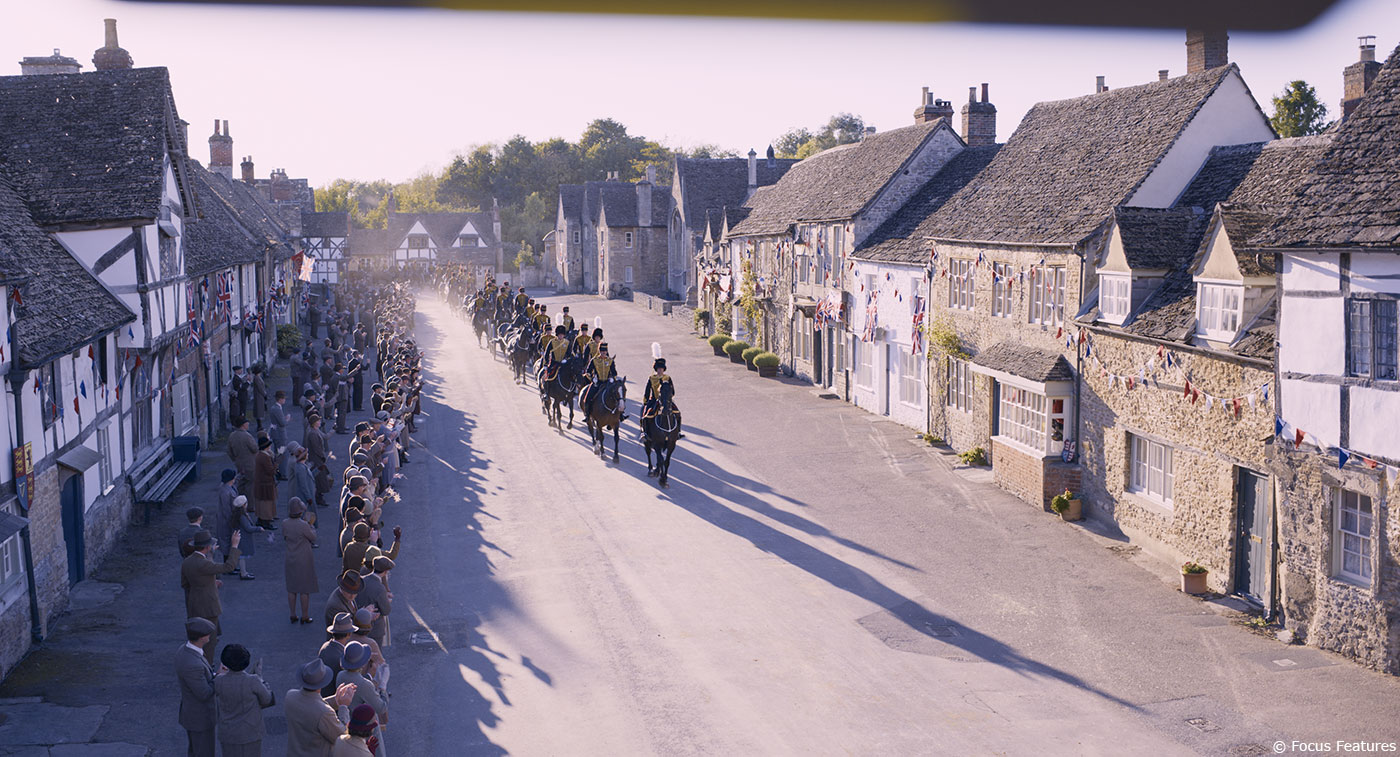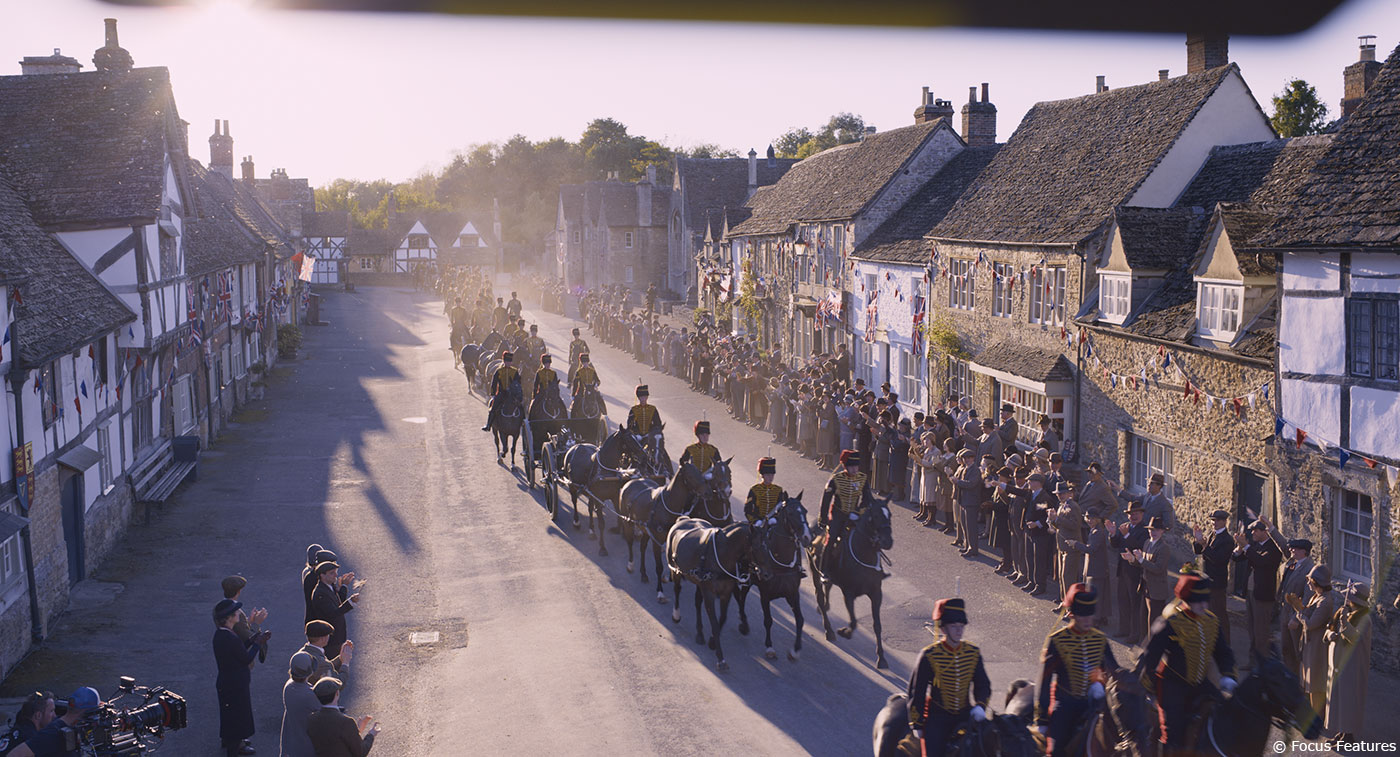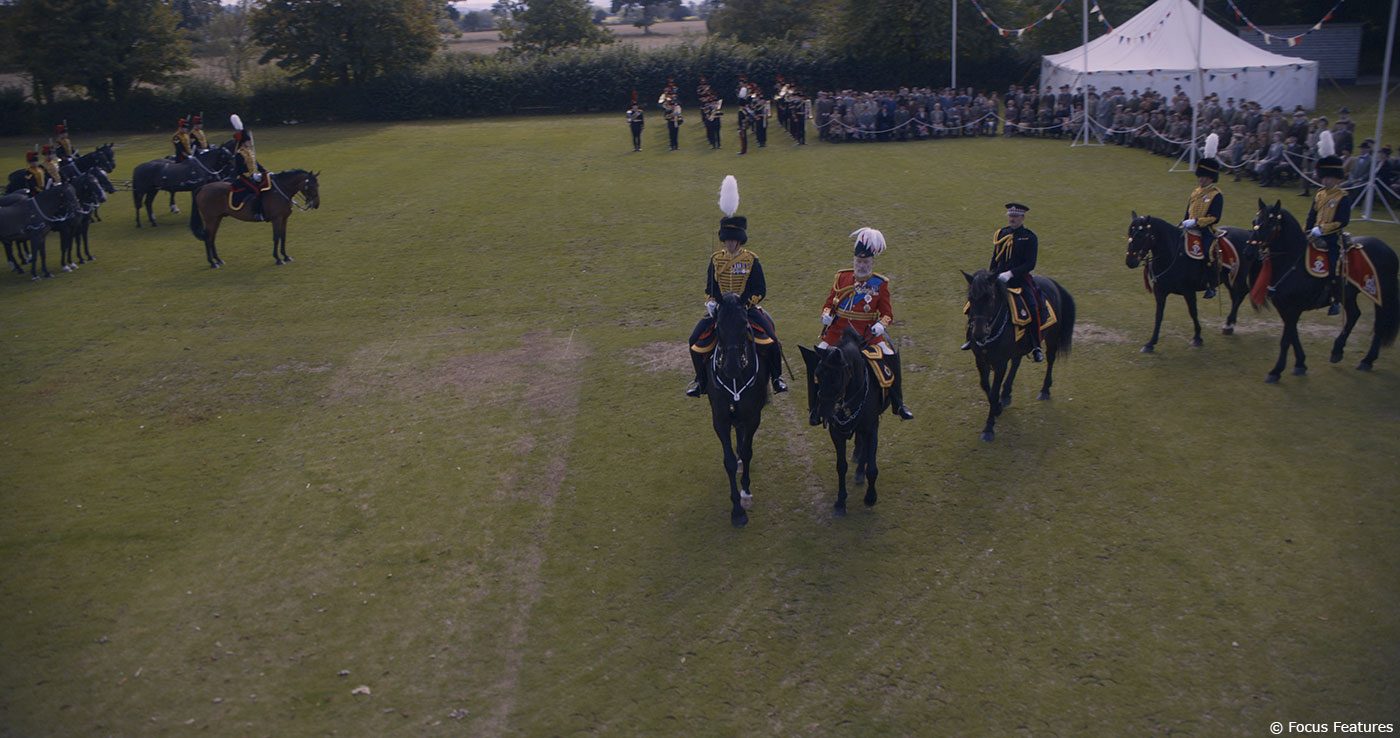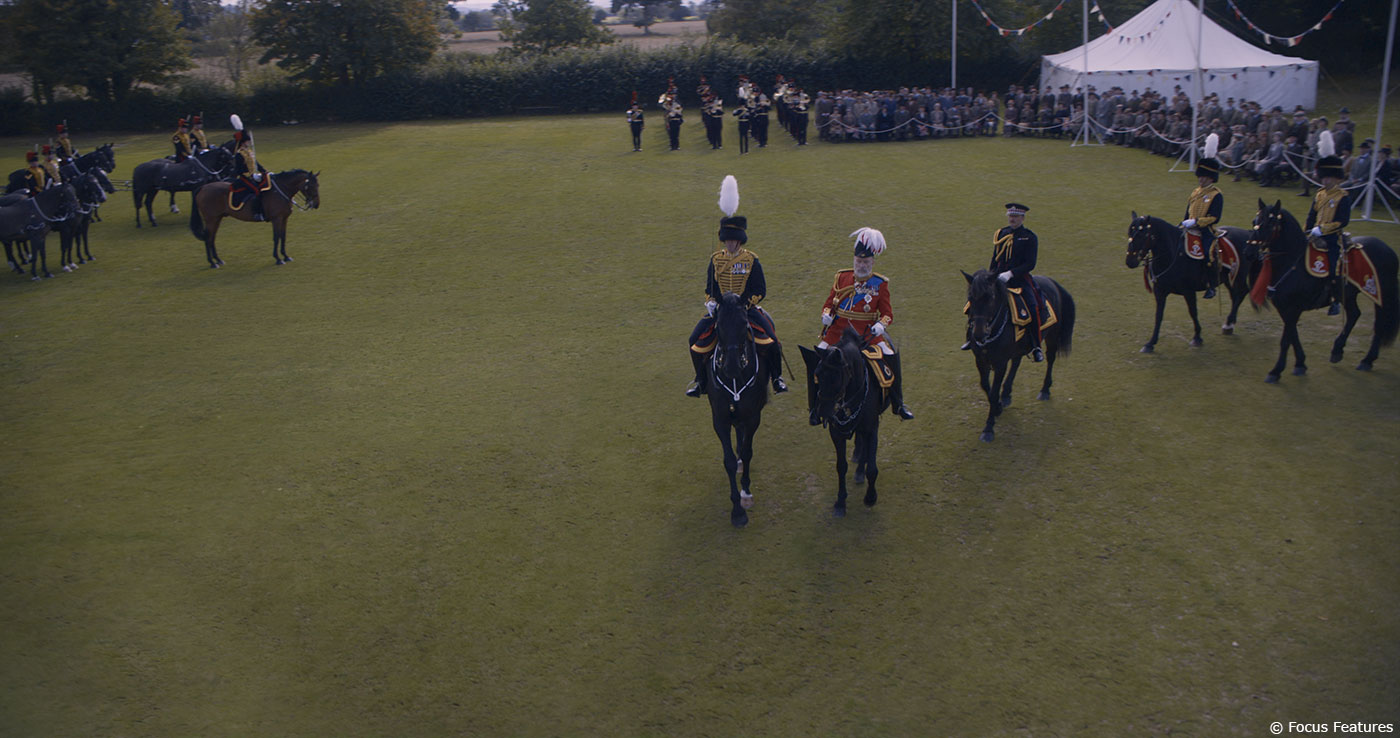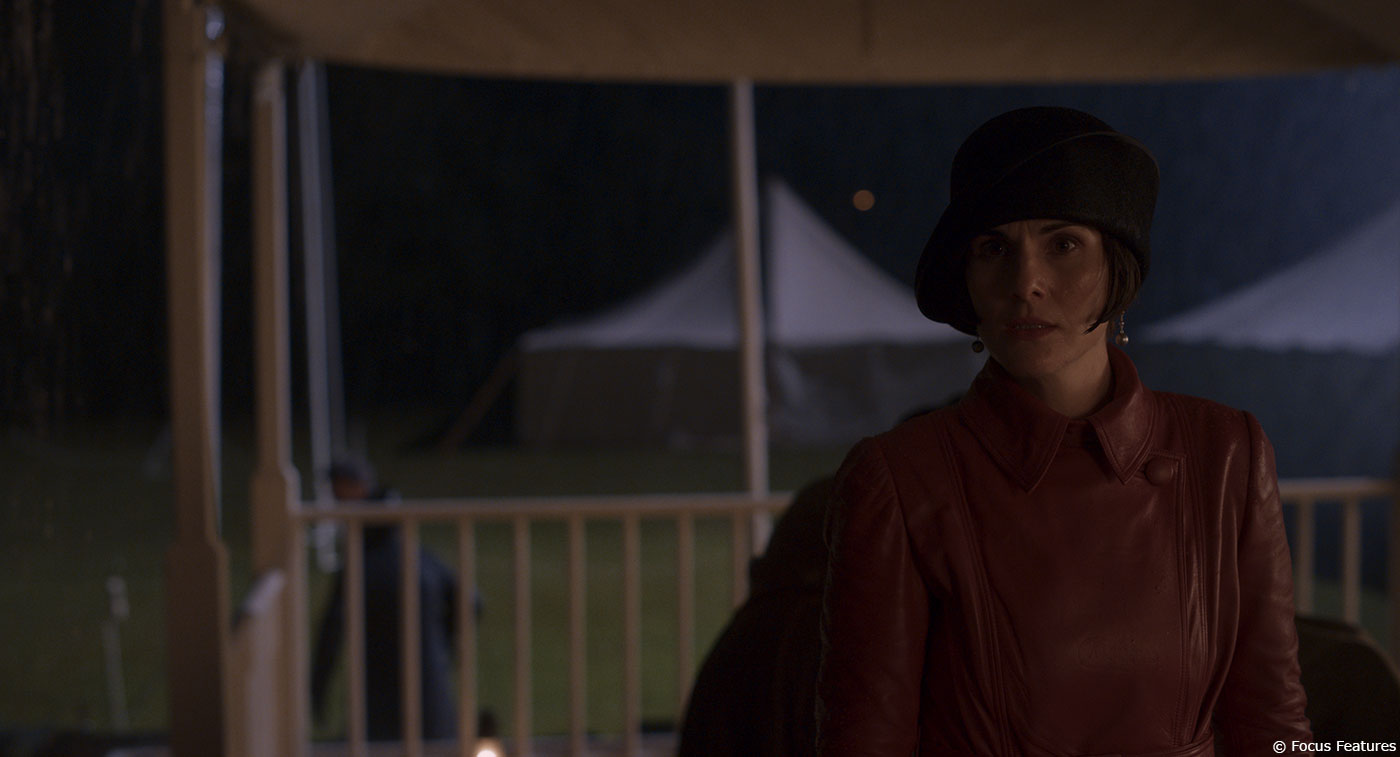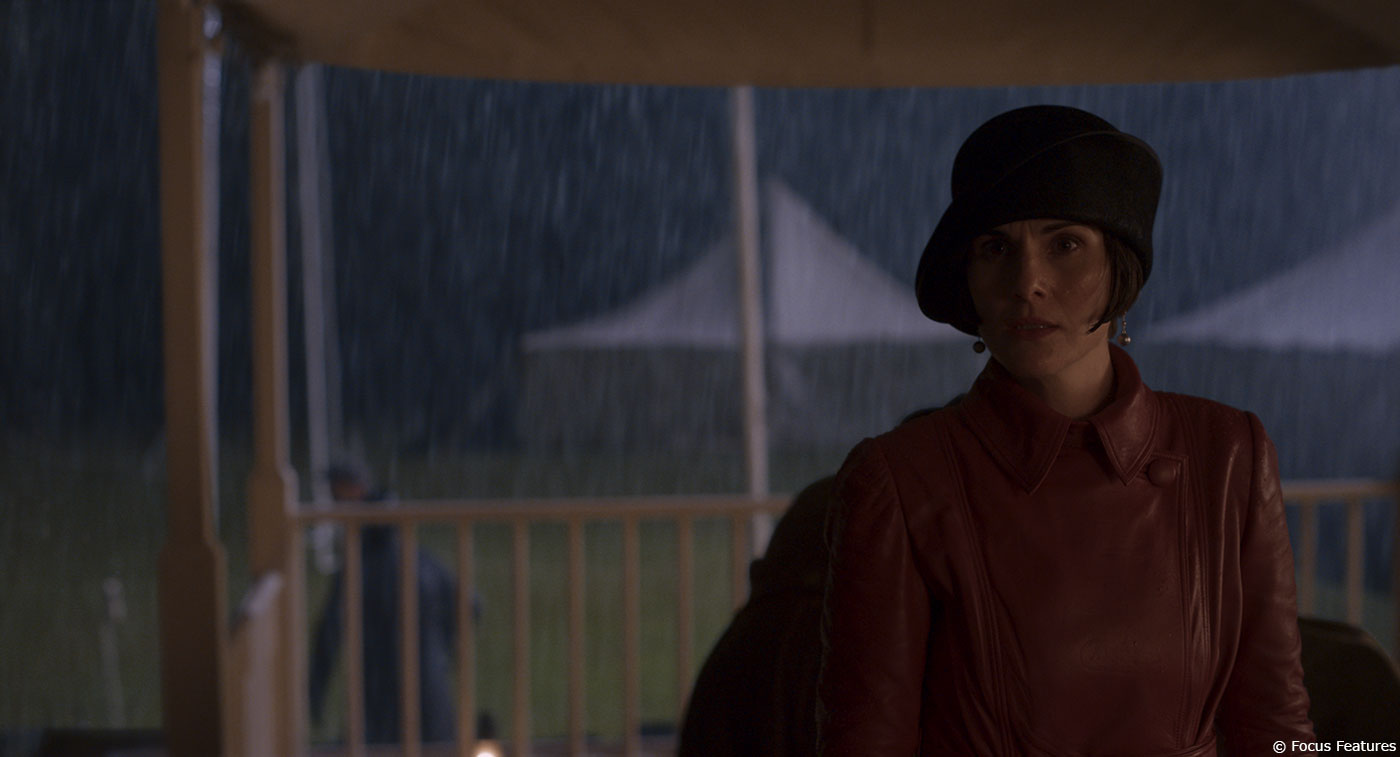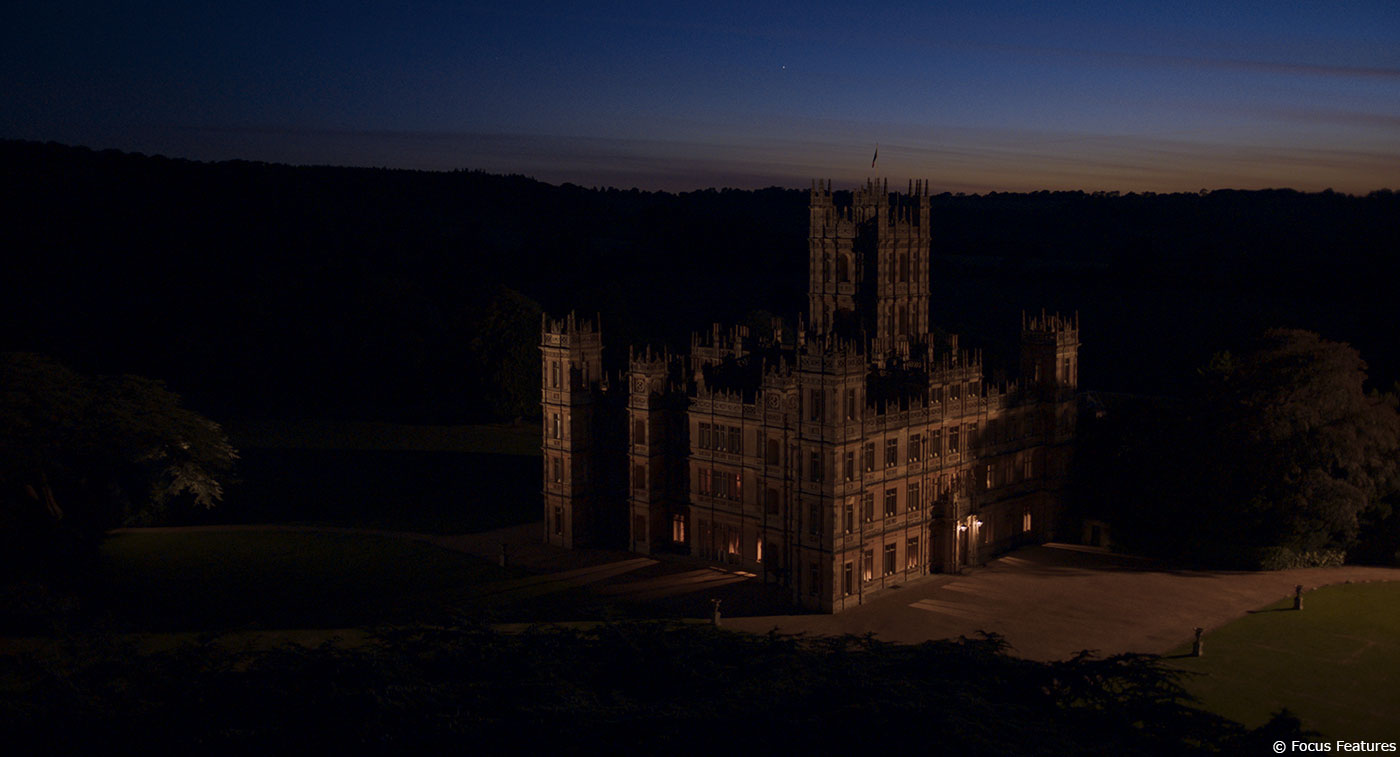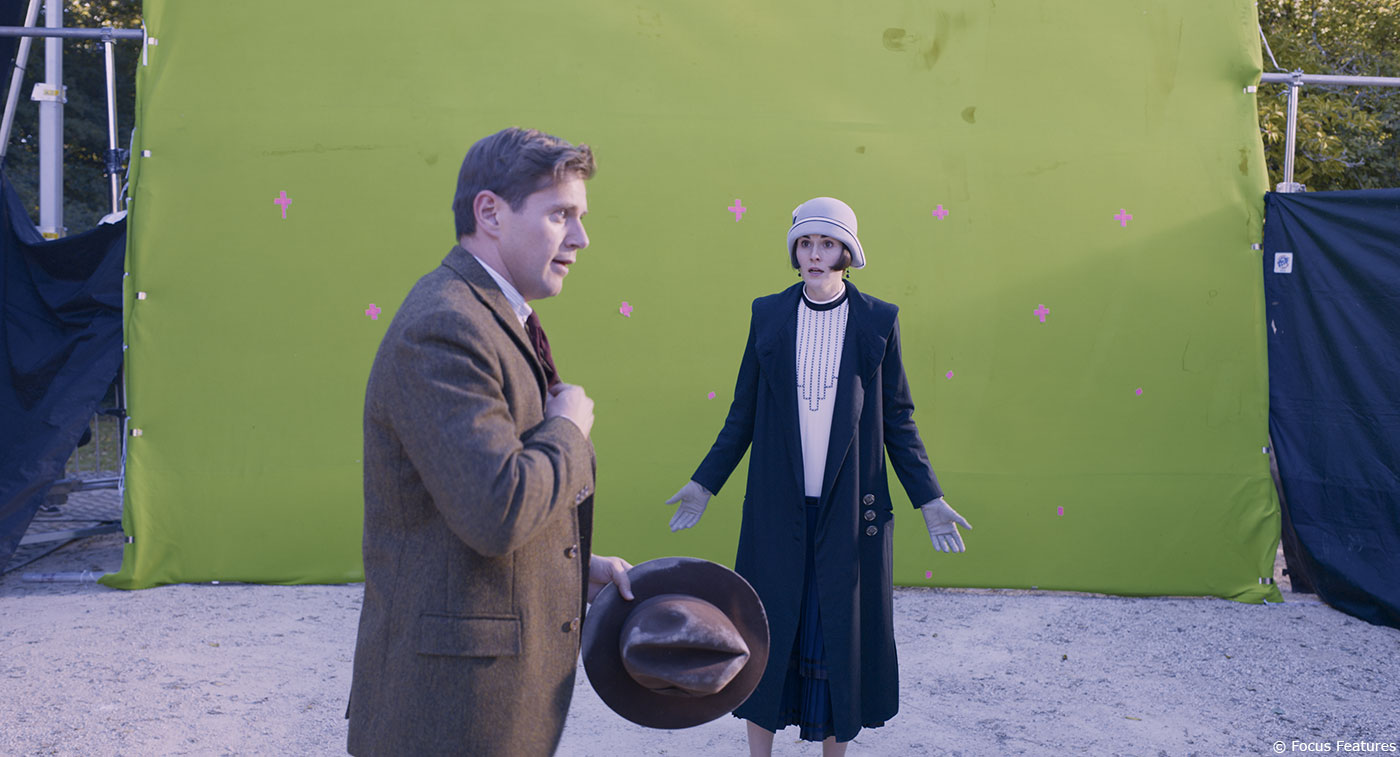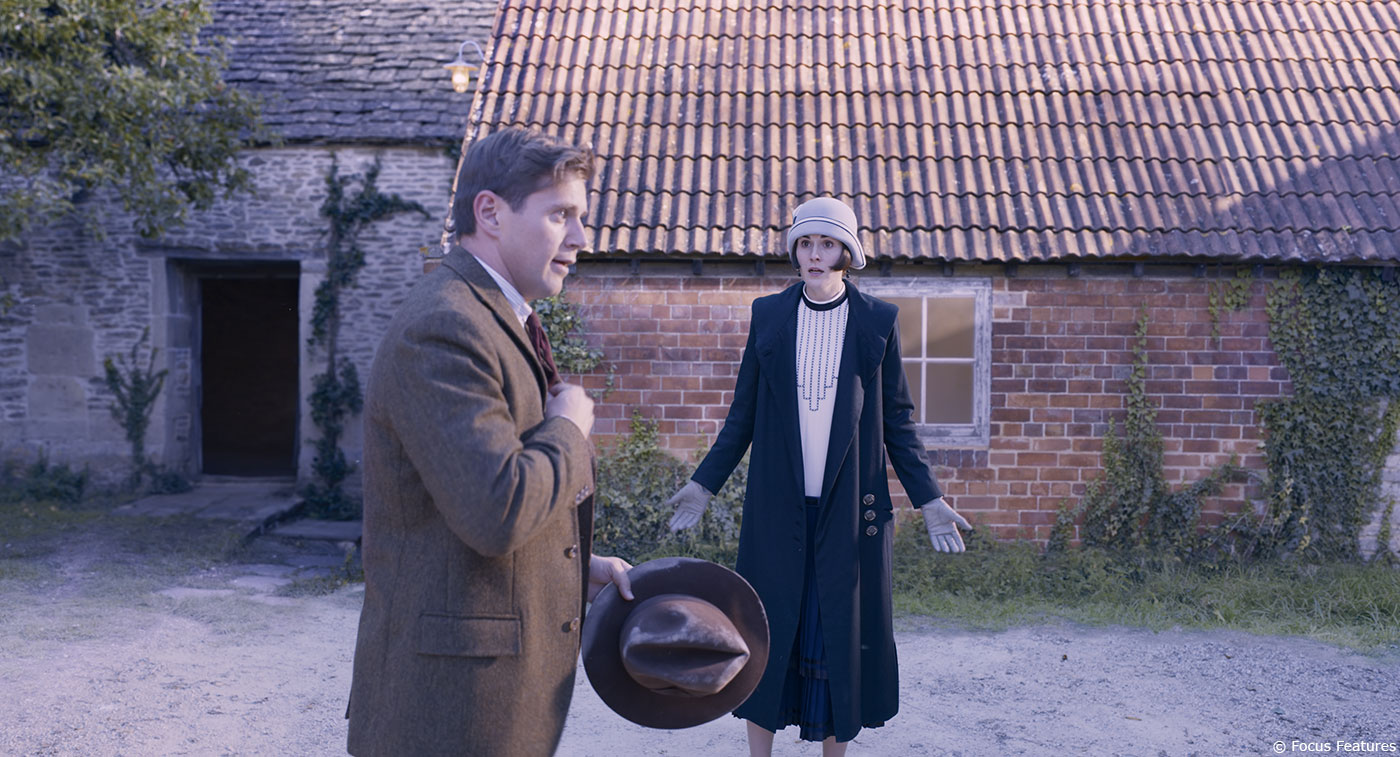In 2017, Kyle McCulloch had explained the work of Framestore for THOR: RAGNAROK. He then worked on MARY POPPINS RETURNS and HOBBS & SHAW.
How did you and Framestore get involved on this show?
Because of our involvement on a project of a similar size (DARKEST HOUR), we were asked to come in and take a meeting with the team in the early days of prep to talk about some of the challenges they faced that might require VFX support. We really hit it off in that meetup, and they asked us to be a part of the team.
How was the collaboration with director Michael Engler?
Working with Michael was one of the easiest and most collaborative director relationships I’ve had. He was easy to talk to, and had a really deep working knowledge of the world of Downton and what he wanted for this film.
What were his expectations and approach about the visual effects?
Because this wasn’t a big, VFX driven project, it was important that we had a soft footprint during the shoot, while delivering the most invisible work possible. He trusted us to deliver what he needed, while staying out of the way of the shooting crew.
What are the main challenges with a period movie?
More than some other types of film, it was key that our work be invisible. In spite of the number of shots we produced for them, the hope was that most people would never think there was any VFX involvement.
Can you elaborate about the train creation and the train station?
The locations team worked tirelessly to find real, historical places in the UK to film to create the realism that the filmmakers wanted. Sadly, there are no train stations left that look even similar to the historic Kings Cross, so we knew from the beginning that we had to build it digitally. We sourced one train engine with a handful of cars, and shot some plates of it at a train platform in Northern England. From there, we replaced most of what was filmed with our CG environment and additional trains.
Did you enhance the beautiful Highclere Castle?
The only VFX work on Highclere was the occasional fix to remove more modern changes or additions to the building, making sure it was completely period correct.
Can you tell us more about the Castle environment creation?
The filmmakers wanted Downton to be as idealised as possible, making sure the world of the Crawley family looked beautiful. As such, the VFX team were asked to make sure the lawns and gardens looked pristine, that no crew or modern items could be seen, and that certain views were framed perfectly.
The environment is seen in various lighting conditions from inside the Castle. How did you manage this aspect?
Because of the different times of day and a wide variety of views seen in the film, most shots had their own bespoke matte paintings to ensure everything matched perfectly with the photography.
Can you explain in detail about the creation of Buckingham Palace?
Modern day Buckingham palace is gleaming and clean, while at the time of Downton, it was sooty, dirty, and lacking the modern layouts and additions that can be seen today. We used matte painting, paint, and a variety of comp tricks to make it match the reference photos of the period Palace.
How did you enhance the village of Downton?
Laycock Village stood in for Downton for the parade scene, and while much of it is correctly period, there were a myriad of details that needed fixing. We went through each plate with a fine tooth comb to remove wires, aerials, and modern building materials. We also re-paved many of the streets and sidewalks to remove more modern patching and fixing on those surfaces that wasn’t available at the time.
Can you elaborate about your work on the Military Parade?
There were two main elements to the Military Parade that required VFX help. The first was the crowds watching the parade – we didn’t have enough extras to fill the frames the way we wanted, so the DOP and I worked together to line up and shoot splitscreens and replications to create a sense of scale for the crowds.
The other portion of our work related to the field the parade takes place on – it’s normally a football pitch, and as such had paint lines and many bald/muddy patches on the grass. We fixed all of that in post, so that it looked pristine.
Which shot or sequence was the most challenging?
The trickiest shot we did was in the opening sequence, where the letter is being delivered to Downtown. For the TV show, all the ‘upstairs’ sets were shot at Highclere Castle, and the ‘downstairs’ were all on sets. The filmmakers really wanted to have a single shot that took us from Highclere into the downstairs sets, to really convince the audience they were in the same place. We didn’t have the budget to do a motion control camera, so we worked with the DOP to plan two separate steadicam shots – one at Highclere and one on the sets – that would be stitched together.
Because the camera work was all handheld, the work in post was quite extensive. We had to separate, rebuild, and reproject huge portions of the interior hallways to get it to line up with the A side plate. And following the butler from the doorway, down into the hallway ( which required two different takes of him, on two different days), took a very talented comp team many weeks to tie together invisibly. I’m quite proud of that shot because I think it’s really invisible – you can’t tell that we did anything, nor can you tell how hard it was!
What is your favorite shot or sequence?
The final drone shot of Highclere is one of my favorites. I think it would surprise a lot of people how much work we had to do to that plate to make it look like it does!
What is your best memory on this show?
I really enjoyed shooting this film. The team had all worked together for many years, and had an easy working relationship. The cast were all happy to be back and enjoying the project, so it made for a very enjoyable, collaborative shoot.
How long have you worked on this show?
10 months.
What’s the VFX shots count?
About 180 shots.
What was the size of your team?
About 30 people.
A big thanks for your time.
WANT TO KNOW MORE?
Framestore: Dedicated page about DOWNTON ABBEY on Framestore website.
© Vincent Frei – The Art of VFX – 2019


